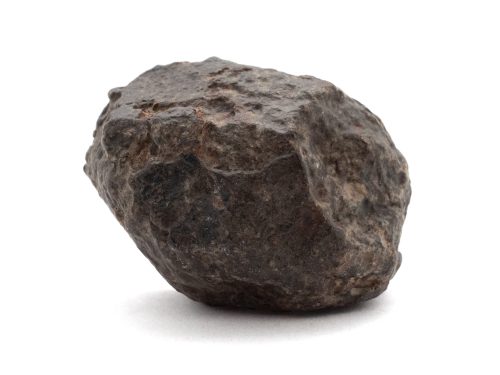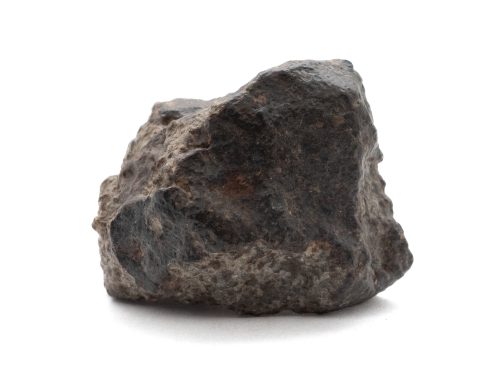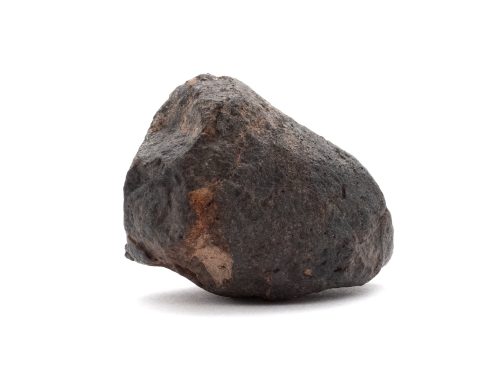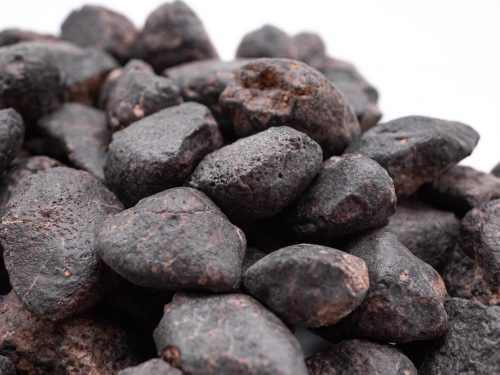Northwest Africa 869 | L3-6
Ordinary chondrite, L3–6
Found in Northwest Africa, 2000
The enigmatic Northwest Africa (NWA) 869 meteorite, found in the year 2000 is, geologically one of the more interesting stone meteorites available to collectors and has been described as a “meteorite science classroom in a single rock.” NWA 869 comes with a highly unusual classification, L 3–6, meaning it exhibits characteristics of different meteorite types (L3 through L6) within a single mass. It is almost as if dissimilar materials were crushed together into a new form. And, in fact, that may be exactly what happened.
NWA 869 is a regolith breccia. A regolith is a loose deposit that lies on top of solid rock. Regoliths are seen here on Earth, on the moon, and also on some asteroids. A terrestrial Earth regolith might form as a result of several different actions working together: the weathering of rock by freeze/thaw process, or wind abrasion, for example, and often in combination with plant roots expanding cracks in the rock. There is no wind on the moon, and — we assume — no plants on the asteroids, so extraterrestrial regoliths must be generated by very different processes: likely the repeated impact of meteorites upon the surface of an asteroid, or the collision of asteroids. This regolith breccia is, therefore, believed to be a mix of materials from many sources (meteorites / asteroids) that formed in space and later landed here on Earth, bringing its apocalyptic history with it. In other words, meteorites landing on the surface of NWA 869s parent body (its original “home” asteroid) created a new mixture of materials. So, the meteorite NWA 869 may actually be a collection of many different meteorites in one!
Showing 1–16 of 18 results
-

Northwest Africa 869 312.1g
$625.00 Add to cart -
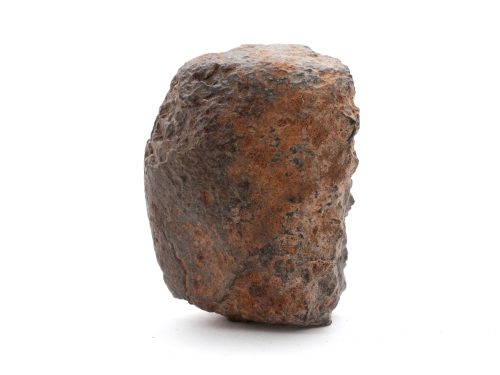
NWA 869 114.2g
$228.00 Add to cart -
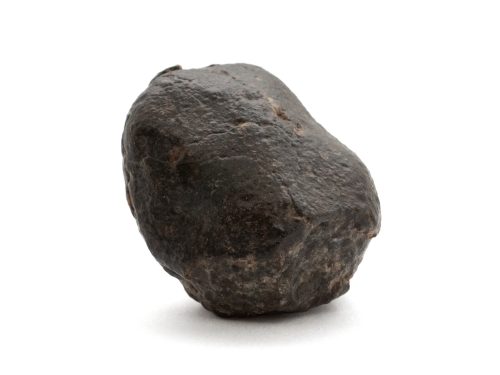
NWA 869 22.8g
$46.00 Add to cart -
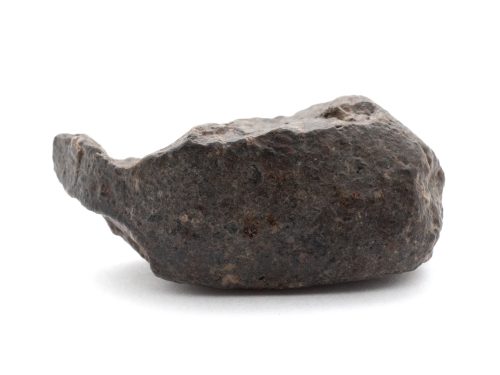
NWA 869 23.8g
$48.00 Add to cart -
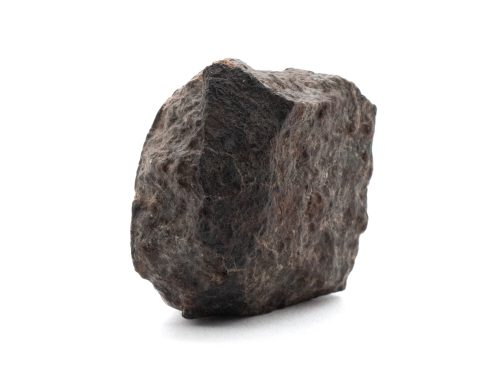
NWA 869 27.5g
$55.00 Add to cart -
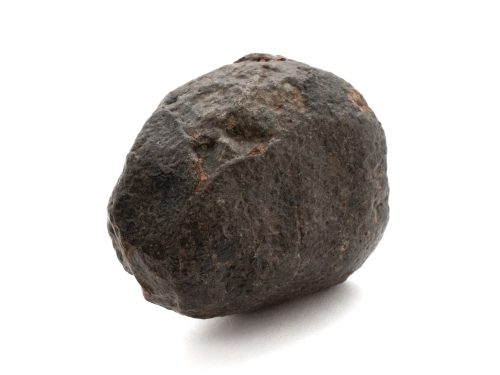
NWA 869 27.9g
$56.00 Add to cart -
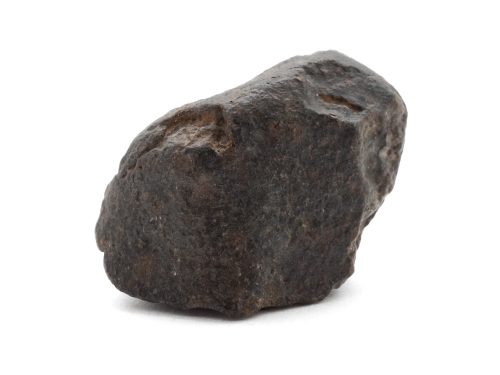
NWA 869 29.5g
$59.00 Add to cart -
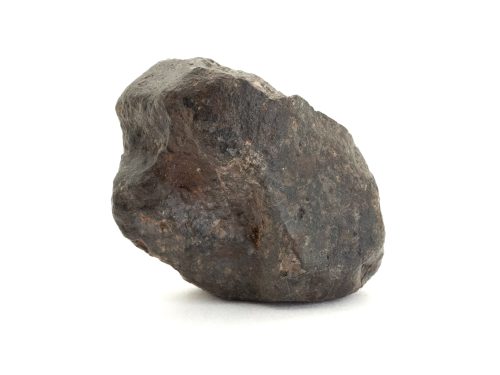
NWA 869 33.2g
$66.00 Add to cart -
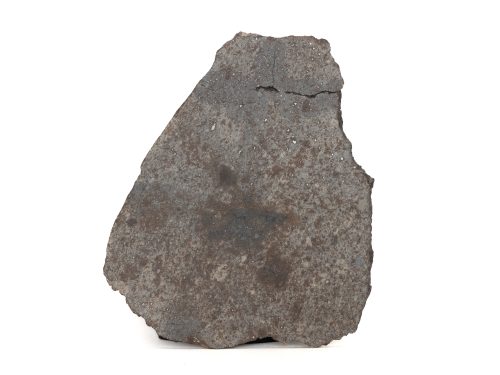
NWA 869 349.2g
$690.00 Add to cart -
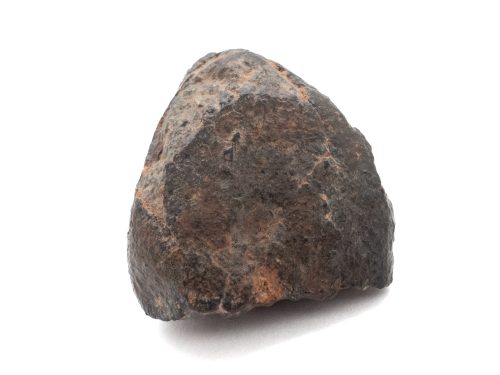
NWA 869 38.8g
$78.00 Add to cart -
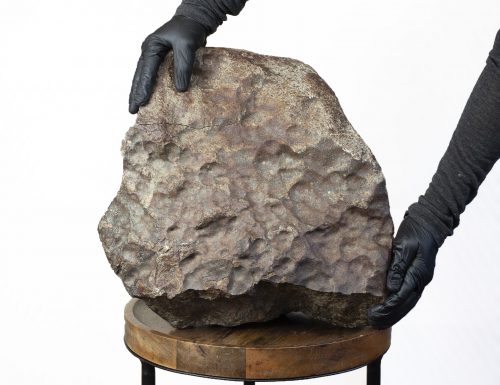
NWA 869 60.4kg
$41,995.00 Add to cart -
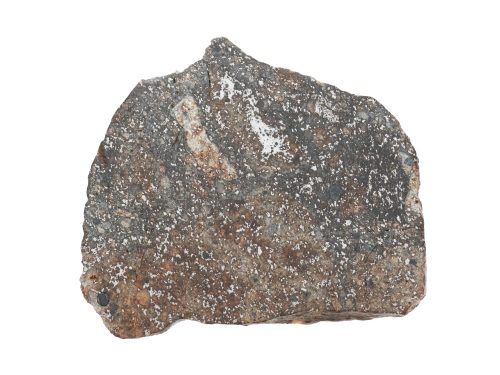
NWA 869 38.3g
$65.00 Add to cart
